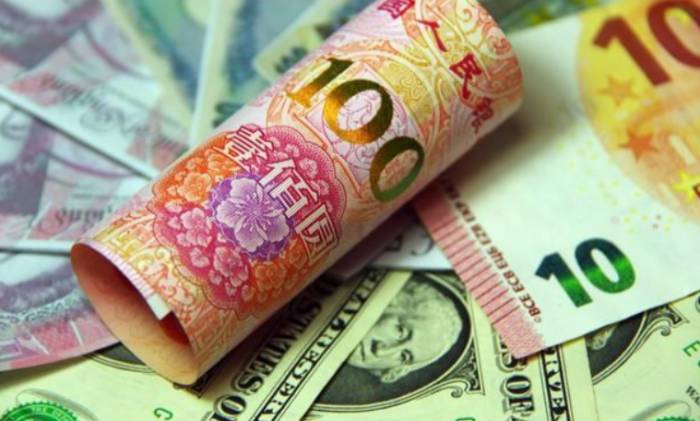How to Pay Trillion Interest Bills?
Hey, old friends, today we've got to talk about the U.S. government across the ocean.
They've recently encountered a "sweet burden" of sorts—the interest payments on the national debt have, for the first time, broken through the trillion-dollar mark!
That's right, a trillion, with a bunch of zeros following it.
This situation is like suddenly having a huge expense at home; you can't help but mutter a few words.
Did you know?
The debt the U.S. government owes now could wrap around the Earth several times, with a specific figure of $35.3 trillion, which is dizzying to hear.
What's more, this year alone, they've paid $1.049 trillion just for the interest on this debt, which is 30% more than at this time last year!
That pace is faster than our grandchildren growing up.
Following this trend, they'll have to pay out $1.158 trillion in interest for the whole year, which is heart-wrenching to think about.
However, you might be surprised to learn that there's a little twist in these interest payments.
The government isn't just a spender; they've also earned some interest from investments.
Advertisement
After deducting, the net interest payment is still a whopping $843 billion.
This figure is larger than any other government expenditure except for social security and Medicare, making it a "heavyweight" in government spending.
Speaking of which, we must mention the budget deficit.
Guess what?
In just the month of August, the deficit soared by $380 billion, a far cry from the $89 billion surplus at this time last year.
That surplus last year was mostly due to accounting tricks with student debt forgiveness; this year, they're not so lucky.
With only one month left in the fiscal year, the fiscal deficit for 2024 is approaching the $1.9 trillion mark, almost a quarter more than at this time last year.
This money is flowing out like water, and the government's purse might be crying for help.
Speaking of which, you might wonder, with the U.S. government so short of money, why doesn't the Federal Reserve lend a hand?
Well, the market has been buzzing with news that the Fed is going to cut rates next week, but the reduction is minimal, just 25 basis points.
This little sweetener is a drop in the ocean for the U.S. government's massive debt.
However, people in the market are not to be underestimated; they're thinking that since the Fed might continue to cut rates in the coming months, the current yield on Treasury bonds will have to slide down.
Indeed, the benchmark 10-year U.S. Treasury yield has recently dropped to around 3.7%, having fallen 75 basis points since early July, like sliding down a slide.
Speaking of this, we ordinary folks, although we can't directly intervene in the financial affairs of the U.S. government, we should have a clear understanding.
After all, the global economy is interconnected; if the U.S. sneezes, we might catch a cold.
We must understand that the government borrowing money to live, with interest rolling over and over, is not a sustainable plan.
Just like we borrow money to buy a house or a car, we have to pay the loan every month; the government also needs to find ways to increase revenue and reduce expenditures, keeping the debt within a reasonable range.
Of course, we can't just watch the excitement without caring about the consequences.

After all, as one of the leaders of the global economy, the stability and prosperity of the U.S. are also beneficial to us.
We just hope that the U.S. government can find a good strategy to solve the debt problem as soon as possible, to fill their wallets and make us ordinary folks feel more secure.
In short, the trillion-dollar interest bill of the U.S. government has given us a wake-up call: borrowing is easy, repaying is hard, and spending should be cautious.
We should do the same in our own lives; only by being frugal can we live a good life.
Well, that's all for today, let's continue the conversation next time!
Leave A Comment